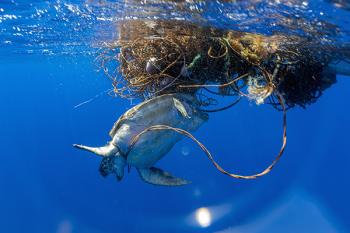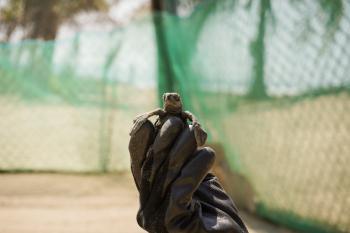Sponges
Sponges are considered the oldest animal group. They are multicellular but don’t have tissues or organs
The name porifera means ‘pore bearer’ in Latin (a pore is a tiny hole). A sponge’s body is covered by a skin, one cell thick. This skin has lots of small pores and a few large openings. The small openings are the entrances to a complex system of channels.
The channels lead to inner chambers lined with specialized feeding cells called choanocytes or collar cells. On each collar cell a flagellum is surrounded by a ring- like comb or collar. The beating of the flagellum draws water through the comb, where tiny particles are caught and carried down to the body of the cell to be digested. These collar cells pump water through the entire sponge and filter out food for the sponge cells to eat.
The body of the sponge is a loose collection of about six different types of specialized cells. Some of these cells secrete a supporting skeleton either of collagen fibers or of tiny, sharp mineral pieces called spicules. Collagen is a protein found in all animals that helps hold cells together. Other specialized cells in the sponge carry out growth, repair, nourishment, or reproduction.
Features:
- Asymmetrical
- Organized as a collection of different kinds of specialized cells
- No tissues
- Skeleton lacking or made of spicules
Porifera fact: Many sponges can filter their entire body volume in less than one minute.
Word Bank
Asymmetrical: having no sides or halves that are alike
Spicules: structural elements found in most sponges that provide structural support, like a skeleton. Spicules can be made of silica or calcium carbonate.
Collar cell or choanacyte: these cells line the interior of the sponge
Flagellum: a whip-like structure attached to the ends of the collar cells; they pump water through the sponge’s body.















